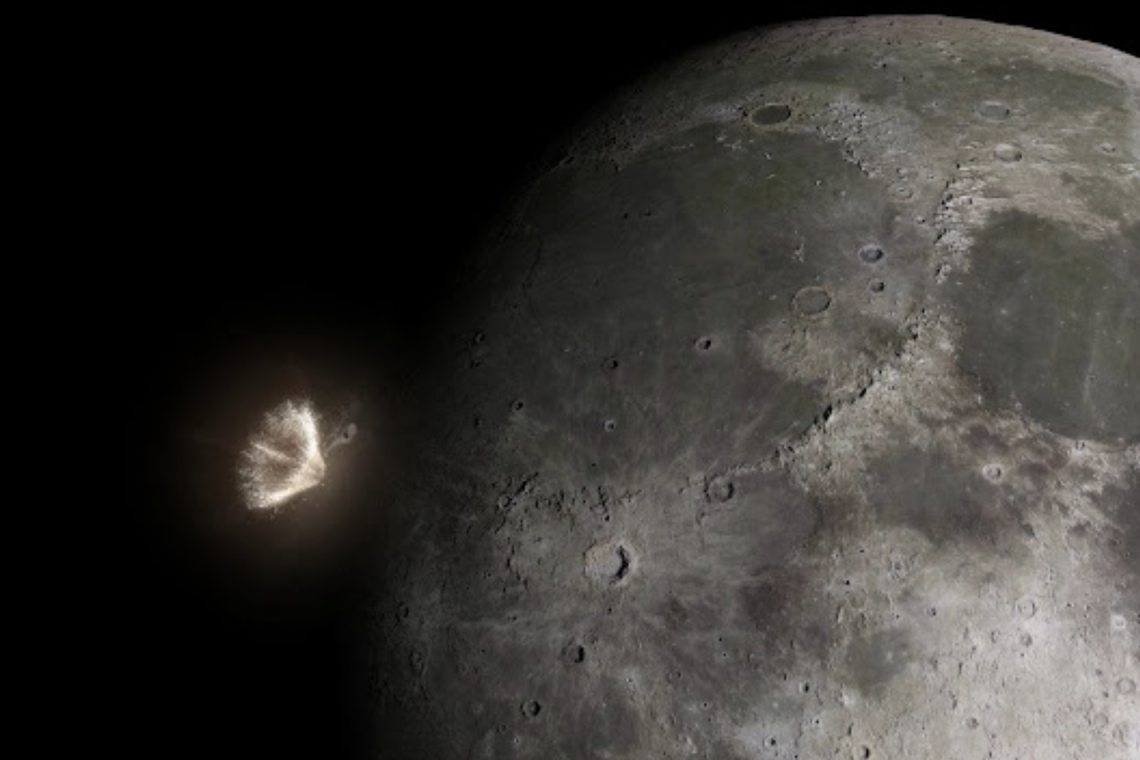Using cameras set to monitor the moon, Daichi Fujii, curator of the Hiratsuka City Museum, recorded a mysterious event that unfolded on February 23 at 20:14:30.8 Japan Standard Time (7:14 a.m. EST, or 1114 GMT). A sense of intrigue surrounded the incident as it resembled a meteorite impact, yet there was something peculiar about it.
This enigmatic event took place near Ideler L crater, nestled slightly northwest of the well-known Pitiscus crater. Meteors, known to streak through the sky at an astonishing average speed of 30,000 mph (48,280 kph), or 8.3 miles per second (13.4 km/s), are renowned for their fierce impacts, generating intense heat and forming captivating craters. What made this occurrence truly captivating was the unexplained brilliance of visible light that emanated from the impact site.
The lunar nighttime facing Earth granted terrestrial observers a glimpse of this bewildering lunar phenomenon. Moon impacts, if substantial enough, become visible to the naked eye from our vantage point on Earth. It was a spectacle captured through the lenses of the monitoring cameras, leaving viewers spellbound by its eerie beauty.
Speculation arose as to the size of the newly formed crater, estimated to be around a dozen meters (39 feet) in diameter. Curiosity was piqued as experts contemplated the possibility of capturing detailed images of this enigmatic crater. Perhaps NASA's Lunar Reconnaissance Orbiter or India's Chandrayaan 2 lunar probe would unveil its secrets in due time, shedding light on the mysterious lunar occurrence. The unanswered questions surrounding this event left both scientists and enthusiasts yearning for answers, eager to explore the cosmic puzzle that had presented itself on that fateful February night.



